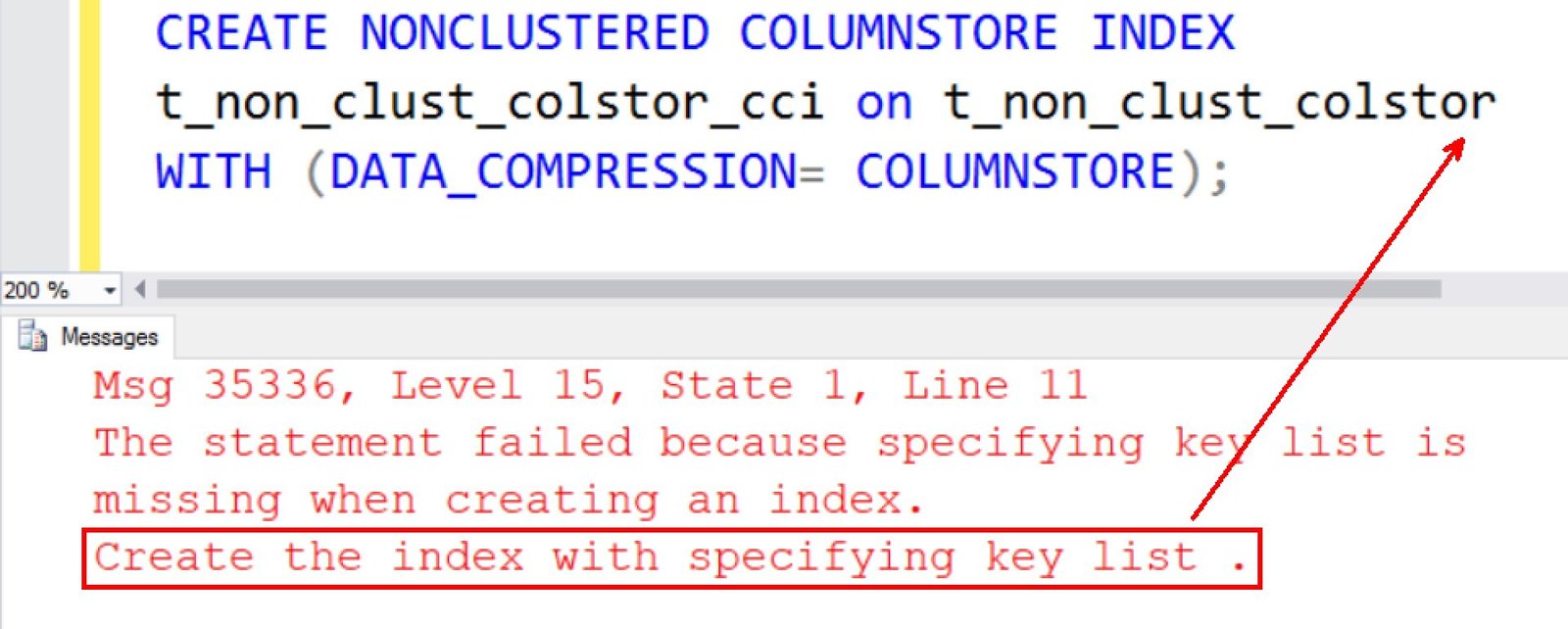I have been writing a lot of my findings with SQL Server 2016 in the recent past. This is also being something I have been investing big time keeping my session at SQLPASS coming in the October timeframe. I will be talking on a number of capabilities and enhancements around SQL Server 2016 from a performance standpoint that it is critical for me to explore some. I invest considerable time in preparation for any session and every single year going to SQLPASS has been the highlight and most of the time it is about hard work to make sure everyone attending my session gets the best of content. Also, it is a great way for me to do due diligence and homework as I prepare with real world problem statement with possible alternatives and solutions as part of my session. Let us learn about Creating Clustered ColumnStore with InMemory OLTP Tables.
SQL SERVER – Extended Events to watch for using ColumnStore Index
In the recent past, I have written a number of posts around ColumnStore Index and how they function. Some of the nuances of working with ColumnStore Indexes are available in this blog for reference. I have also written a few posts around Extended Events. One of my DBA friends pinged me to check if there were any way to use Profiler to see how ColumnStore Indexes worked. Obviously, there was nothing much of help I could offer because there were actually none in reality.
SQL SERVER – Updating Data into ColumnStore Index with SQL Server 2012
Off late I have been writing tons of content working with SQL Server 2016. Some of the cool capabilities was to introduce the ability to update a ColumnStore index. This was also covered in the SQL SERVER 2016: Updating Non-Clustered ColumnStore Index Enhancement earlier. One of the readers asked me an interesting question about being inside SQL Server 2012 and they wanted to write / update their data on the ColumnStore enabled system and what was the process for them. The email started saying they were getting the following error.
SQL SERVER – ShowPlan XML Additions for ColumnStore Indexes
The last time when I wrote about ColumnsStore FAQ, one of the readers had an interesting question. The question was around how to identify the traits of using a column store inside an execution plan. The very thought got me thinking. I was thinking where to start. I remembered that ShowPlan XML was a great way to see some of these attributes. The very next question that came up, what should one look forward to inside a ShowPlan XML.




